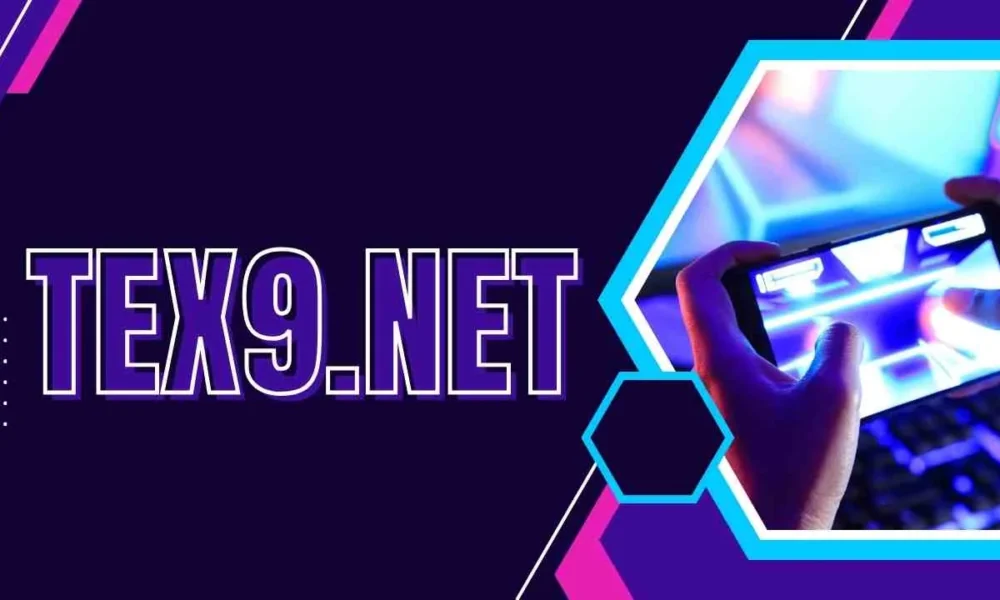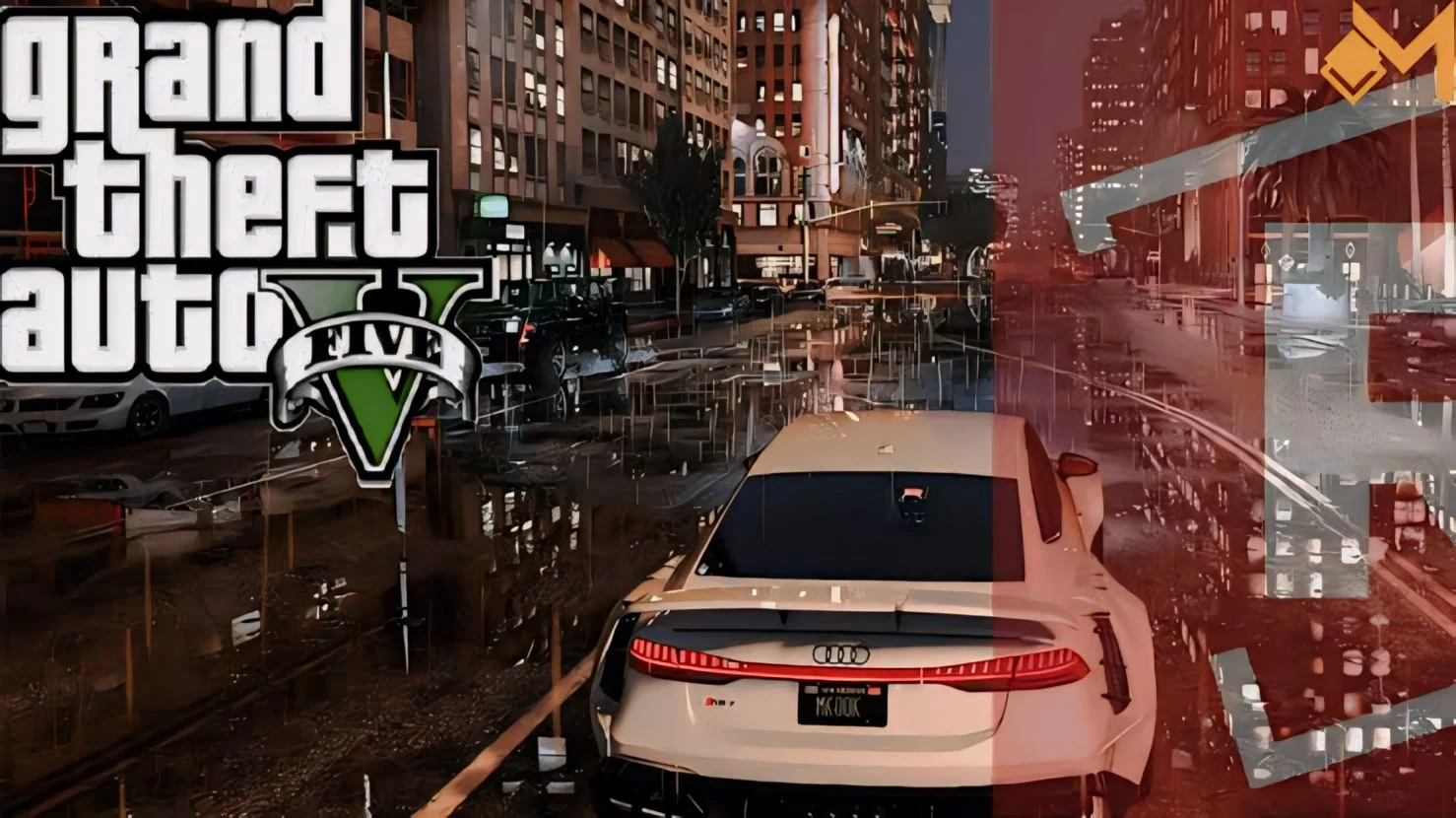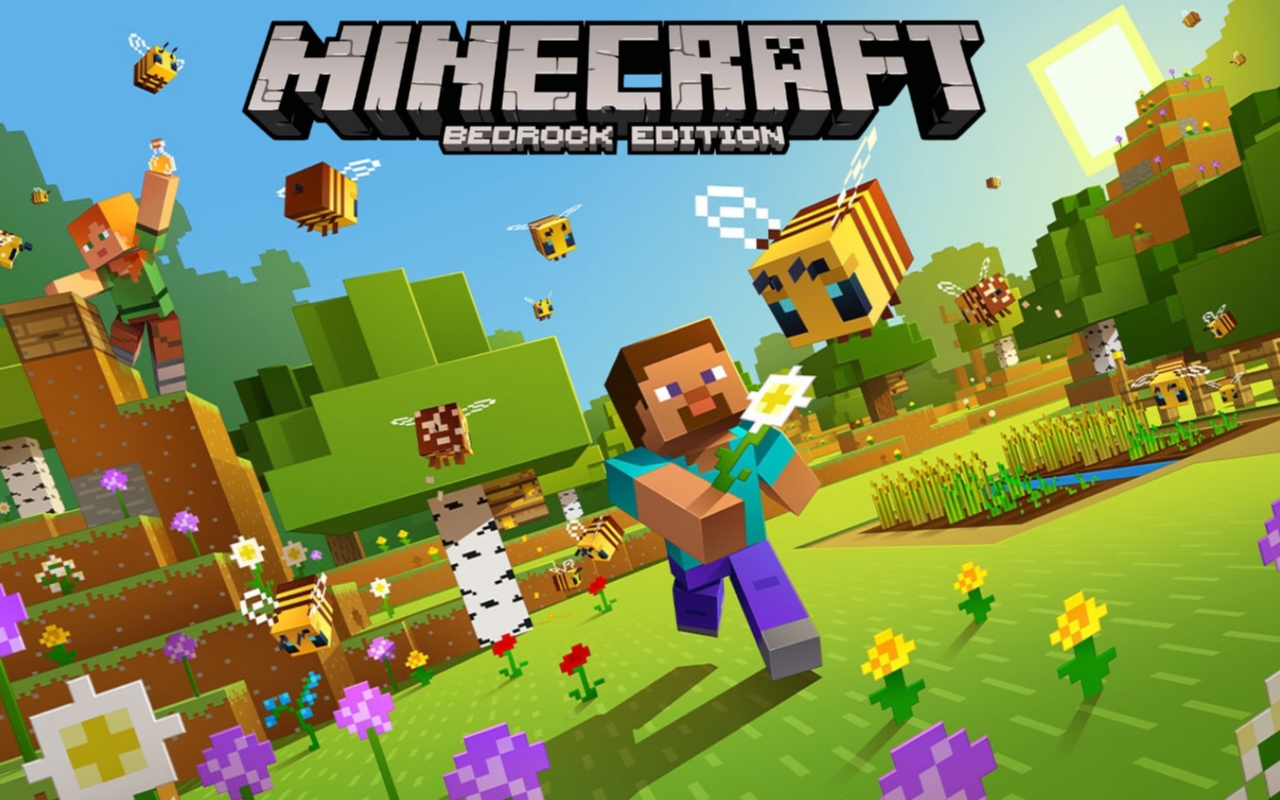Halo: Combat Evolved (2003) is a game that changed the landscape of first-person shooters and became a cultural phenomenon. halo (2003) game icons banners But beyond its revolutionary gameplay, the visual elements like game icons and banners also played a significant role in enhancing the player experience. These small yet impactful designs help build a game’s identity, offering a connection between players and the game’s world. In this article, we’ll explore the significance of the icons and banners in Halo (2003), how they’ve evolved over time, and what they represent within the broader Halo universe.
The Impact of Halo (2003) on the Gaming World
Before diving into the specifics of icons and banners, it’s important to understand the monumental impact Halo: Combat Evolved had on the gaming world. Released as a launch title for the original Xbox, the game was a trailblazer for multiplayer, narrative-driven gameplay, and refined mechanics. Its success was fueled not only by the engaging story and revolutionary multiplayer mode but also by the memorable design elements, including game icons and banners.
Halo (2003) was one of the first games to masterfully blend a cinematic experience with high-octane action, which became a benchmark for future shooters. halo (2003) game icons banners From the sweeping vistas of Halo’s alien landscapes to the iconic Master Chief armor, every aspect of the game was crafted to immerse players in its universe. The attention to detail extended to smaller elements, such as icons and banners, which subtly contributed to the player experience.
Game Icons in Halo (2003): More Than Just Aesthetic
1. What Are Game Icons?
Game icons are visual representations of items, actions, or characters that enhance a player’s interaction with the game. In Halo (2003), icons were used to convey key gameplay mechanics, such as health, shields, weapons, and objectives. They are critical for quick communication between the game and the player, allowing for seamless action in a fast-paced environment.
2. Halo’s Distinctive Icon Design
The icons in Halo (2003) are simple yet effective, designed to be immediately recognizable even in the chaos of battle. For instance, the health and shield bars were presented in a streamlined, intuitive interface that allowed players to quickly gauge their status.
One of the most recognizable icons from Halo (2003) is the overshield. This glowing, green icon signaled extra protection for the player, a vital advantage in both campaign missions and multiplayer matches. The simplicity of this icon made it easy to spot, and its design became synonymous with a temporary but critical power boost.
Weapon icons in Halo (2003) also became iconic in their own right. halo (2003) game icons banners The energy sword, sniper rifle, and assault rifle icons were meticulously designed to reflect the feel and power of each weapon. This visual consistency helped players switch between weapons effortlessly and intuitively, keeping the flow of combat smooth.
3. Functional and Immersive
While the primary purpose of game icons is functionality, the design team for Halo (2003) didn’t ignore their role in world-building. Each icon fits seamlessly into the game’s broader aesthetic, blending futuristic military design with alien technology. For example, Covenant weapon icons featured distinct curves and alien shapes, contrasting with the more angular, utilitarian icons for human weapons. This subtle distinction reinforced the divide between the game’s two main factions.
The Role of Banners in Halo (2003): Visual Storytelling at Its Best
1. Defining Game Banners
In the context of Halo (2003), banners serve a broader visual and thematic purpose. Banners are larger visual elements, often used to represent factions, multiplayer teams, or significant events within the game. halo (2003) game icons bannersThey typically appear in menus, loading screens, and even as part of the in-game world, contributing to the atmosphere and setting.
2. Halo’s Iconic Faction Banners
One of the most memorable uses of banners in Halo (2003) is the representation of different factions. For example, the UNSC (United Nations Space Command) and the Covenant factions each had distinct banners that symbolized their identity. The UNSC banner, featuring a powerful eagle emblem, signified human military strength and resilience. Meanwhile, the Covenant’s banners were adorned with alien symbols, highlighting their otherworldly and religious zeal.
These banners weren’t just decorative—they helped players quickly understand who was who in the game’s story and multiplayer modes. When you saw a Covenant banner, you knew you were up against a fierce, technologically advanced alien force. halo (2003) game icons banners This kind of visual storytelling enhanced the immersion, making players feel part of a larger conflict.
3. Multiplayer Banners: Representing Teams
Multiplayer was one of Halo’s biggest innovations, and the use of banners in multiplayer modes played a significant role in enhancing team dynamics. Players could immediately recognize their team’s banner, making it easier to differentiate between allies and enemies. In team-based modes like Capture the Flag, the banners carried an additional layer of importance, marking objectives and signaling victory or defeat when captured.
4. The Evolution of Halo’s Banners
Over the years, the design of Halo’s banners has evolved, reflecting changes in the game’s tone and narrative. However, the core elements—distinct, faction-based designs—have remained consistent, paying homage to the original game. In later games, the banners became more elaborate, incorporating more intricate details and animations. But for many players, the simplicity and clarity of the banners in Halo (2003) hold a special place in their hearts.
Evolution of Icons and Banners: From 2003 to the Present
1. Visual Upgrades with Technology
As technology advanced, so did the visual quality of Halo’s icons and banners. halo (2003) game icons banners In later iterations of the Halo series, the basic designs from Halo (2003) were refined and enhanced with higher resolution textures and more detailed animation. For example, the overshield icon, which started as a simple glowing green orb, became more textured and dynamic, reacting to the environment in real-time.
2. Consistency and Nostalgia
Despite the upgrades, the designers of Halo understood the importance of consistency. The core designs for icons like the overshield, health bar, and major weapons have remained largely unchanged, preserving the sense of nostalgia for long-time players. In this way, Halo’s design team struck a balance between keeping the game fresh and honoring its roots.
3. Influence on Other Games
Halo’s iconic design elements didn’t just stay within its own universe. halo (2003) game icons banners Many of the visual design techniques—such as intuitive iconography and faction-based banners—have influenced other games in the genre. Titles like Call of Duty and Destiny (which was developed by Bungie, the original creators of Halo) have adopted similar approaches to their icon and banner designs, further cementing Halo’s legacy in the gaming industry.
The Cultural Impact of Halo’s Visual Design
1. An Iconic Legacy
The lasting appeal of Halo (2003) isn’t just due to its gameplay but also its memorable visual design. The game’s icons and banners have become part of the cultural lexicon, instantly recognizable even to those who haven’t played the game in years. They’ve appeared on fan merchandise, in memes, and in pop culture references, illustrating the far-reaching influence of these seemingly small elements.
2. A Sense of Belonging for Fans
For many players, seeing the familiar icons and banners from Halo (2003) evokes a sense of belonging and nostalgia. These visual elements help fans reconnect with their first experiences in the Halo universe. halo (2003) game icons banners Whether it’s the UNSC eagle or the glowing green overshield, these designs have come to symbolize more than just gameplay mechanics—they represent the memories and friendships formed in the heat of battle.
Conclusion: Why Icons and Banners Matter in Halo (2003)
In the end, the game icons and banners in Halo (2003) are far more than just aesthetic flourishes. They serve a vital role in both the gameplay experience and the storytelling, helping players navigate the game’s world while reinforcing its themes. From the minimalist but effective iconography to the faction-based banners that contribute to the game’s rich lore, every visual element has a purpose. halo (2003) game icons banners As Halo continues to evolve, the legacy of these designs endures, reminding players of the game that started it all.
So, the next time you see that overshield icon or the UNSC banner, take a moment to appreciate the thought and craftsmanship behind these seemingly simple designs. They’re a crucial part of what made Halo (2003) a game-changer—and what continues to make it a beloved classic today.









